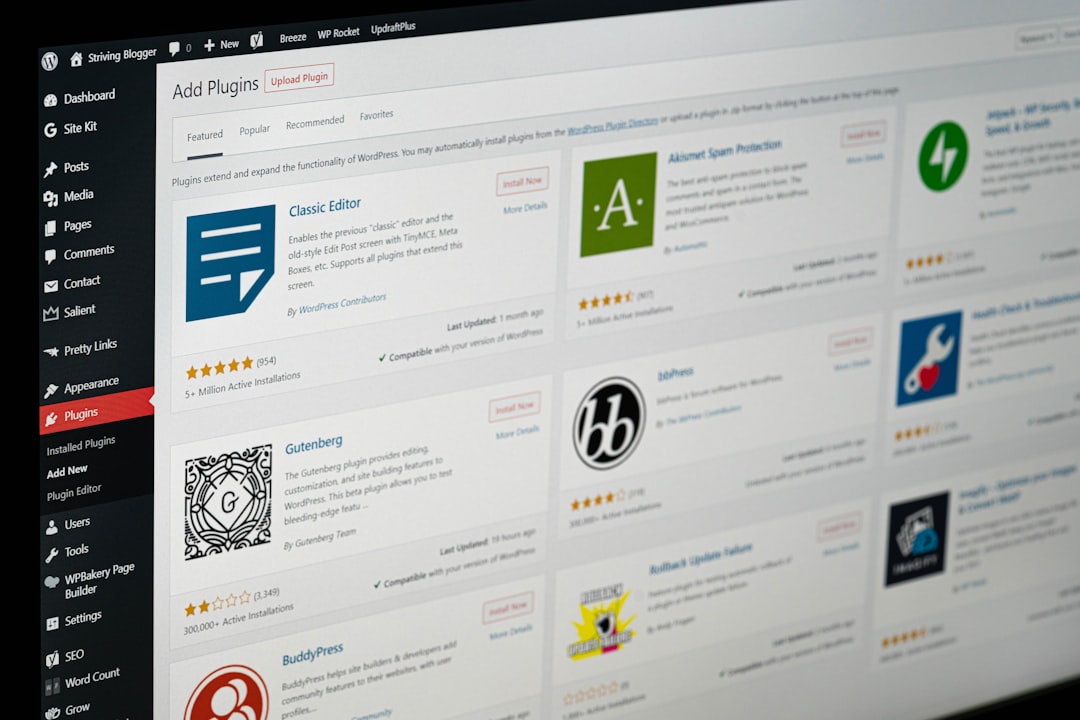For exporters operating in an increasingly competitive global marketplace, expanding into new international markets requires strategic planning, resources, and continuous innovation. Market Development Assistance (MDA) is a critical approach that supports exporters in their efforts to establish and grow their presence abroad. This support can range from financial grants to logistical and promotional guidance, depending on government policies and international trade frameworks. To optimize these efforts, using a tailored toolkit and defining measurable Key Performance Indicators (KPIs) allow exporting firms to assess the effectiveness of their market development initiatives.
Contents of Post
What is Market Development Assistance?
Market Development Assistance refers to structured support programs, often initiated by governments or trade promotion bodies, aimed at helping domestic producers access and thrive in foreign markets. These programs typically benefit small and medium-sized enterprises (SMEs), but large exporters may also qualify under certain provisions. The core objective is to reduce the risks associated with internationalization and incrementally build the exporter’s competitive edge abroad.
MDA can assist exporters by offering:
- Financial incentives for international trade fairs and exhibitions
- Support for product certification relevant to foreign markets
- Guidance on international branding and promotional strategies
- Travel subsidies for market exploration missions
- Access to market research and analytics tailored to target geographies
By utilizing MDA programs effectively, exporters can not only reduce initial entry costs but also lay down sustainable, long-term pathways in foreign territories.
Toolkit for Export Market Development
Exporters must equip themselves with a well-defined toolkit that combines strategic planning, marketing initiatives, and analytical mechanisms. These tools enable them to engage effectively with target markets and measure their results against expected outcomes.
1. Market Research & Selection Tools
Before entering a new market, exporters must carefully choose regions based on robust market research. Tools that support this include:
- Trade Map – Offers data on trade flows across countries and sectors
- International Trade Centre’s Market Access Map – Helps understand tariffs and regulations
- Chambers of Commerce databases – For sector-specific insights and trade barriers
The insights drawn from these tools allow businesses to identify high-potential markets while avoiding areas burdened with complex trade barriers.
2. Promotional Strategy & Branding Tools
A successful market-entry strategy depends heavily on effective promotion and brand localization. Exporters can benefit from:
- Assistance in designing localized packaging and labeling compliant with foreign norms
- Support for setting up digital marketing campaigns tailored to target regions
- Funding to participate in international trade fairs and buyer-seller meets

Localized branding, in particular, is a potent differentiator. Toolkits that offer translation services, cultural consultation, and online market visibility audits help exporters avoid brand-reputation pitfalls.
3. Legal and Compliance Tools
Ensuring regulatory compliance in a new market is non-negotiable. Whether it involves certifications, labeling, or product standards, MDA schemes typically support:
- ISO and other international certifications for product acceptability
- Legal advisory for trade and consumer regulations in the destination market
- Taxation and customs advisory tools
4. Logistical and Distribution Planning Tools
Entering new markets isn’t just about promotion; supply chain planning matters equally. Many exporters underutilize MDA support meant for:
- Freight cost analysis and simulation tools
- Warehousing feasibility studies in foreign markets
- Customs clearance and international routing advisory
Some trade bodies even extend subsidies on certain shipping costs for first-time exporters entering specific target markets.
KPIs for Measuring Market Development Assistance Success
To determine the success and ROI of MDA efforts, exporters must track Key Performance Indicators. These metrics vary by market and product but provide a structured way to assess performance and make informed decisions. Common KPIs include:
1. Market Penetration Rate
This measures the percentage of new market acquisition versus initial targets. If an exporter aims to gain 2% market share in a foreign region within 12 months, this KPI helps track monthly progress.
2. Export Sales Volume and Revenue Growth
Sales figures post-market entry are direct indicators of strategy success. Comparing export revenues year-on-year signals whether MDA assistance delivered measurable commercial outcomes.
3. Number of New Business Contacts
Networking is essential. Trade fairs, B2B meetings, and other promotional events under MDA should ideally result in new viable leads.
Track KPIs such as:
- Leads generated per campaign
- Conversion rates
- Repeat institutional buyers
4. Brand Recognition Index
Some exporters deploy pre- and post-campaign brand awareness surveys in new markets. Surveys can assess recognition and perception before and after MDA-funded promotional activity.

5. Regulatory Compliance Achievement Rate
Measuring how many necessary certifications and legal formalities were fulfilled within a given timeframe helps maintain momentum with compliance. This is particularly important in markets with complex entry laws like the EU or the US.
Institutional Role in Facilitating MDA Programs
Organizations such as national export promotion councils, chambers of commerce, and specialized trade missions play a pivotal role in executing MDA initiatives. They serve as a bridge between government schemes and exporters, offering:
- Workshops and training
- Application assistance for MDA grants
- Post-market-entry mentoring
Furthermore, government-backed digital platforms are emerging to automate grant applications, monitor performance, and provide real-time support to exporters.
Conclusion
For exporters seeking competitive international growth, Market Development Assistance is a robust pillar supporting their expansion journey. With an effective toolkit tailored for research, promotional activity, logistics, and compliance—and KPIs to back it all up—businesses can navigate the complex global landscape more confidently. Governments and trade bodies must continue to evolve these MDA programs to better suit fast-changing market requirements, digital platforms, and exporter expectations.
FAQ
- Q: Who is eligible for Market Development Assistance programs?
A: Eligibility varies by country and program, but generally, SMEs engaged in exporting approved products or services are prime candidates. Some schemes also include large enterprises or sector-specific firms. - Q: What type of expenses does MDA cover?
A: Expenses might include international travel for business promotion, participation fees for trade fairs, promotional material printing, translation and branding costs, and product testing or certification. - Q: How can I apply for MDA assistance?
A: Applications are usually submitted through the relevant export promotion body. Check their official website for forms, deadlines, and criteria. Online application portals are increasingly common. - Q: Are MDA programs refundable or non-refundable?
A: Some grants are non-repayable subsidies, while others may be based on a reimbursement model. Details should be clarified with your trade authority before applying. - Q: How long does it take to get approval?
A: The timeline can range from several weeks to a few months, depending on the funding agency, completeness of documentation, and program demand. - Q: Is there a limit to how many times I can apply?
A: Some MDA schemes have annual or lifetime caps on assistance per company or export product. Others allow repeated applications with proven performance.

